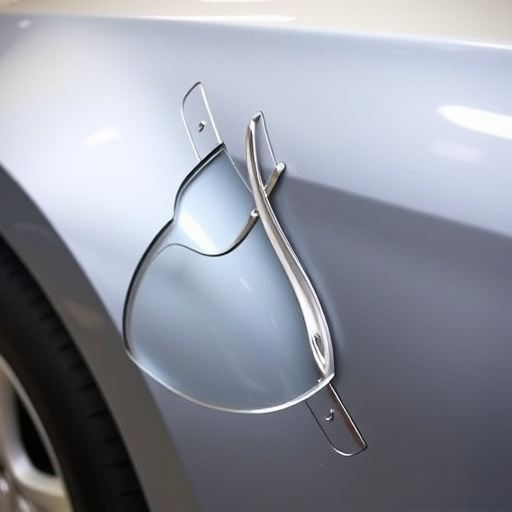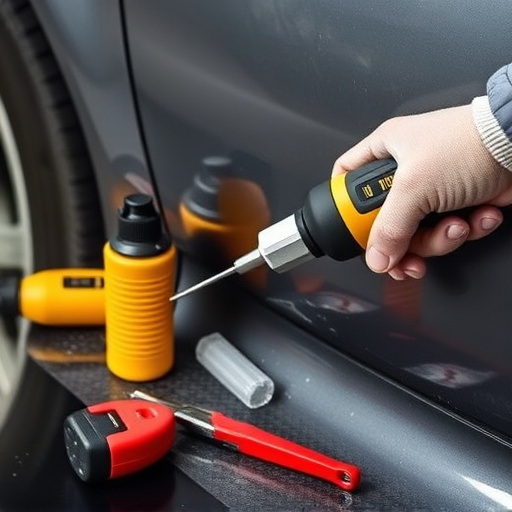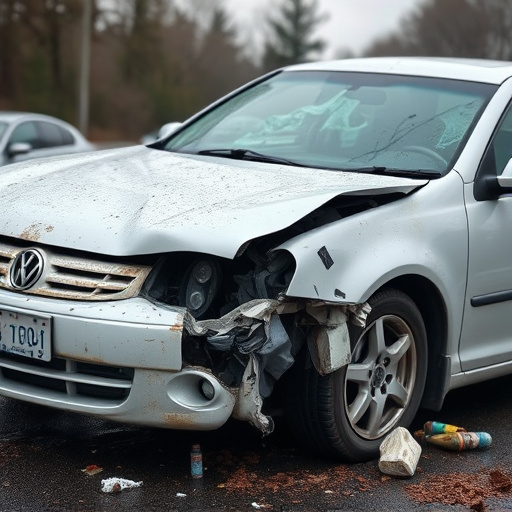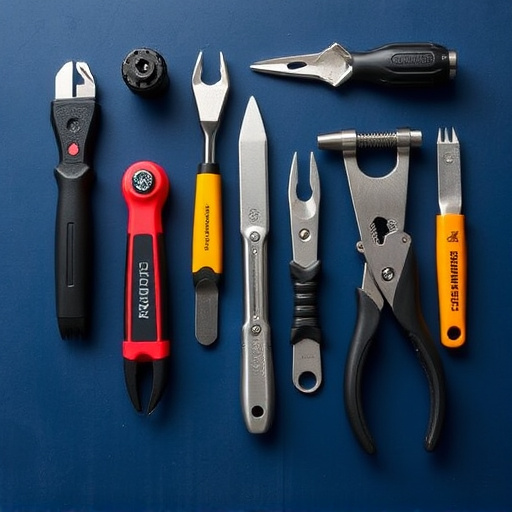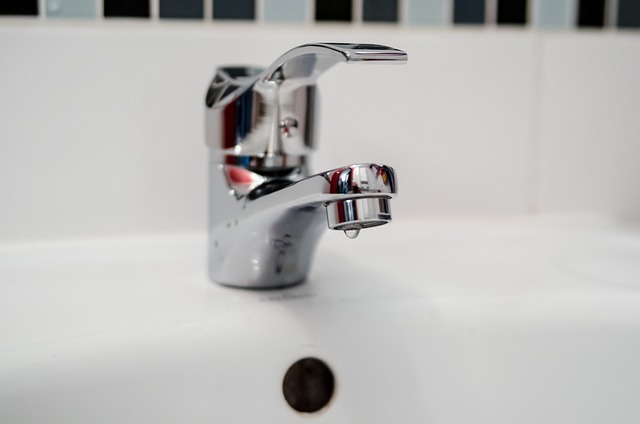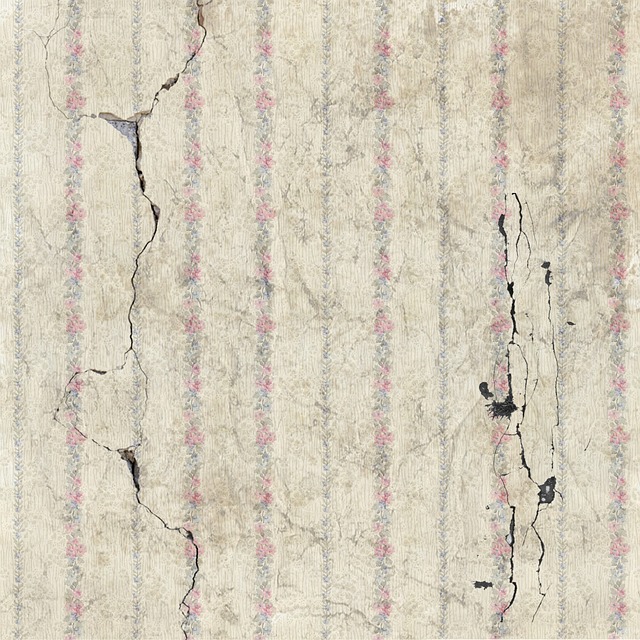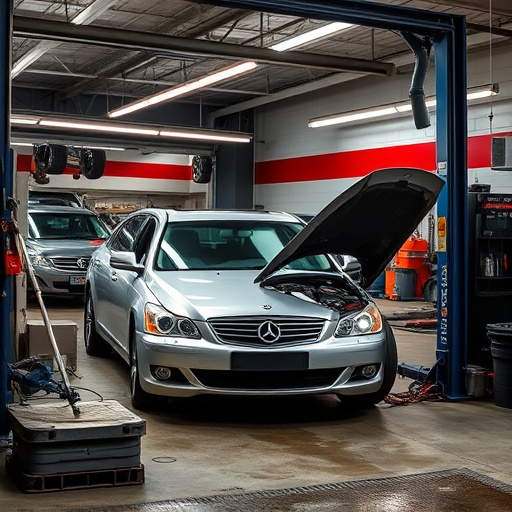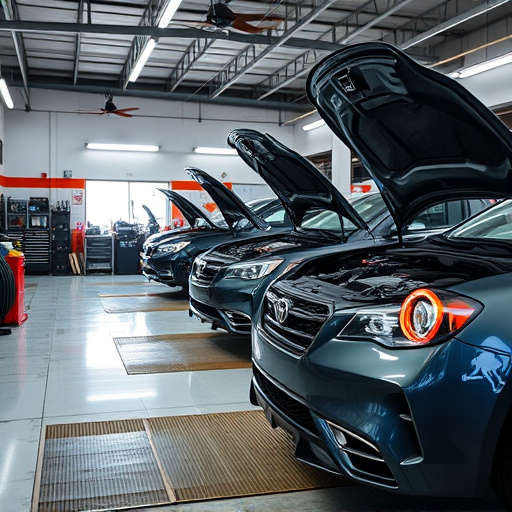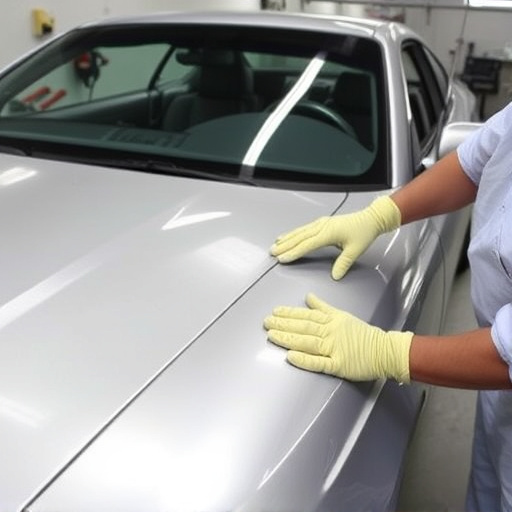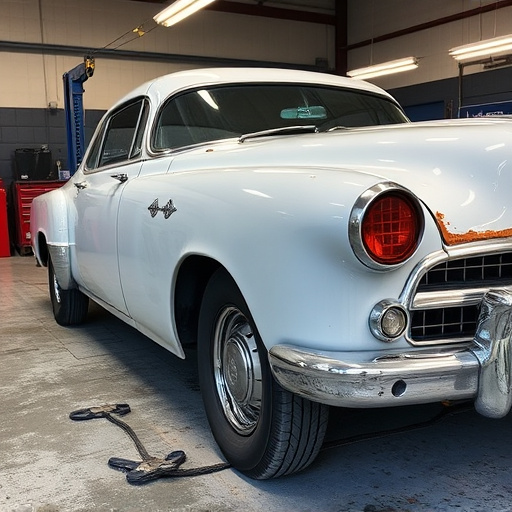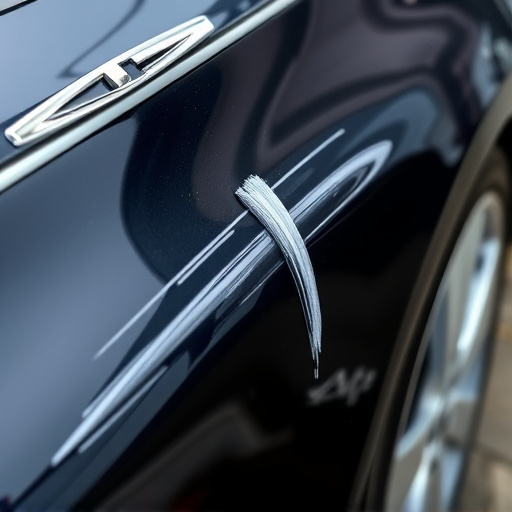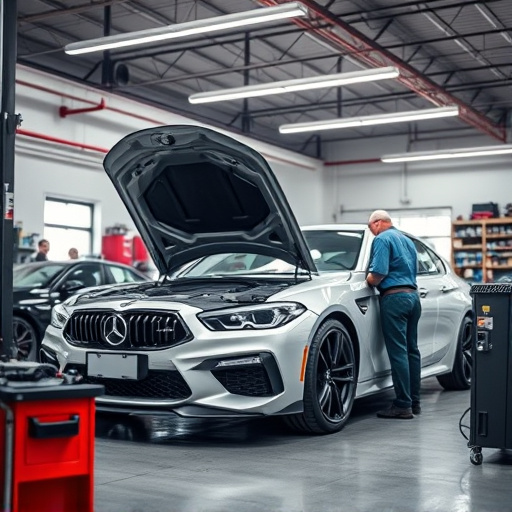Precision collision repair is an art requiring skilled technicians and advanced equipment to restore vehicles to pre-incident condition with meticulous attention to detail. Effective communication, including clear explanation of damage and regular check-ins, ensures satisfaction during the repair process. Thorough inspection post-repair verifies high-quality workmanship, while mechanical testing and test driving ensure optimal performance and safety.
Looking to ensure top-tier precision collision repair? This comprehensive guide is your roadmap. We’ll walk you through understanding the intricacies of precision collision repair, from what to expect during the process to effective communication tips with your shop. Learn how to perform quality assurance checks post-repair to guarantee your vehicle’s restored to its pre-accident condition. Master these steps and reclaim the roads with confidence knowing your car is in capable hands.
- Understanding Precision Collision Repair: What to Expect
- Tips for Effective Communication with Your Repair Shop
- Quality Assurance: How to Check the Work After Repair
Understanding Precision Collision Repair: What to Expect

When it comes to precision collision repair, understanding what goes into the process is key to ensuring high-quality results. This intricate art requires skilled technicians and advanced equipment to accurately restore damaged vehicles back to their pre-incident condition. Unlike standard auto body work, precision collision repair involves meticulous attention to detail, especially when dealing with complex geometry and delicate finishes.
Whether you’re visiting an auto collision center for a simple fender bender fix or a more intricate car restoration, the goal is always to match the vehicle’s original specifications perfectly. This includes precise measurements, color matching, and ensuring structural integrity. Auto dent repair techniques play a pivotal role in achieving this, as even minor imperfections can impact the overall appearance of the vehicle upon completion.
Tips for Effective Communication with Your Repair Shop

Effective communication is key when it comes to ensuring high-quality precision collision repairs. Before dropping off your vehicle, be clear about the extent of the damage and any specific concerns you may have. Explain the history of the issue, including when it started, how it’s affected your driving experience, and any unusual noises or performance changes. This detailed information gives the repair shop a comprehensive understanding of the problem, enabling them to provide an accurate diagnosis and tailored solution for your vehicle.
During the repair process, stay in touch with the shop. Regularly check-in to inquire about progress updates and ask questions if something isn’t clear. It’s beneficial to maintain open lines of communication; this ensures you’re satisfied with the work being done on your vehicle, a crucial aspect of automotive repair when aiming for precision collision repair standards. Remember, effective interaction between you and the repair technicians is essential for achieving exceptional results in vehicle bodywork restoration.
Quality Assurance: How to Check the Work After Repair

After a precision collision repair, ensuring the work meets high standards is paramount. The first step involves visually inspecting the repairs for any visible imperfections or discrepancies. Check that panel gaps are even and aligned correctly, as this indicates meticulous craftsmanship. Examine the paint job to ensure it matches the car’s original finish in terms of color, gloss, and texture—a telltale sign of quality auto body services.
Additionally, test all mechanical components thoroughly to confirm they function optimally. This includes door closes, windows, lights, and any other electronic systems. If possible, drive the vehicle at different speeds and through various corners to assess handling and stability, ensuring the car handles like new. These checks are crucial in verifying that the precision collision repair meets or exceeds expectations, providing peace of mind for the owner and guaranteeing a safe, reliable vehicle.
When it comes to precision collision repair, effective communication and quality assurance are key. By understanding the process, actively engaging with your repair shop, and thoroughly checking the work after repairs, you can ensure top-notch results for your vehicle. Remember, a transparent relationship with your mechanic fosters trust and guarantees you receive the highest quality care for your precision collision repair needs.
